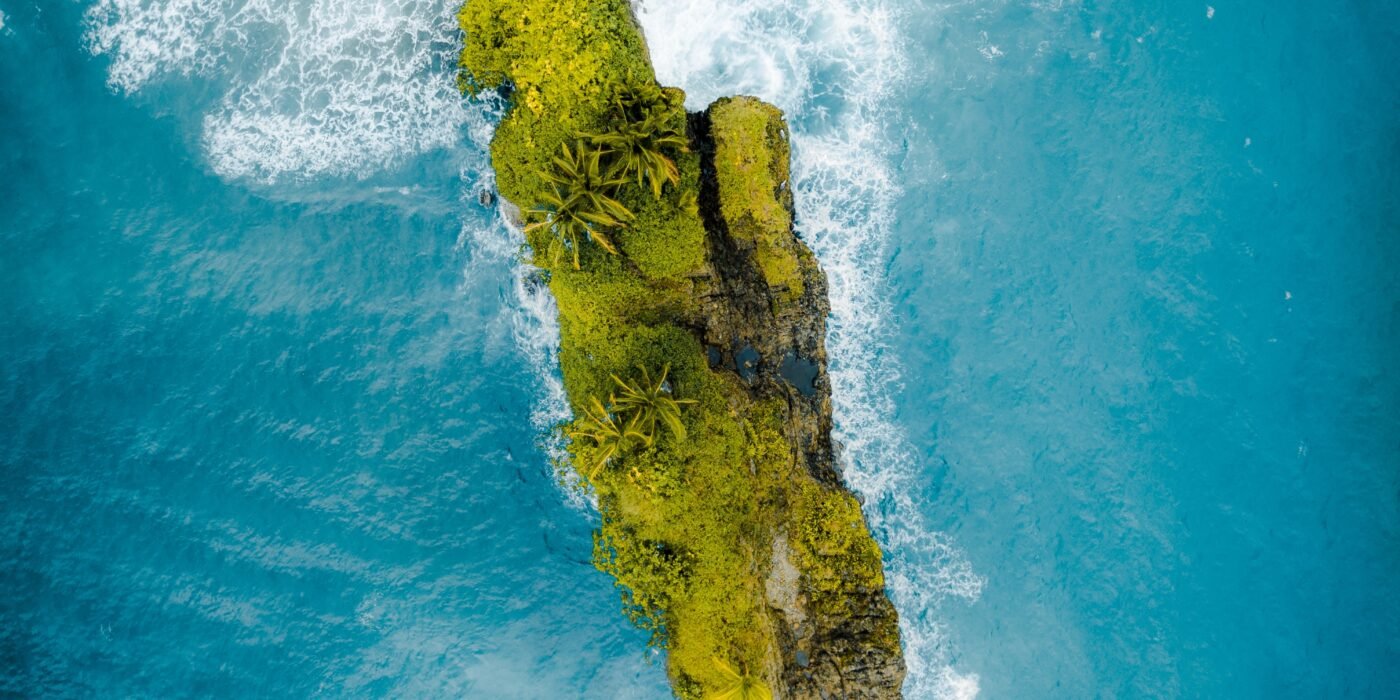The Bermuda Triangle, alternatively the Devil’s Triangle, is one of the Earth’s greatest mysteries. It has an enigmatic appeal that has captured people all over the globe for many decades with stories of secrets and mythical places and exploits that require a great deal of courage. This territory, consisting of about 500,000 square miles of ocean among Puerto Rico, Bermuda, and Miami, is the stage on which several real-life and fictional adventures take place. Let’s examine how the Bermuda Triangle comes into play in terms of imagination, literature, and film.
A Mysterious Legacy
The growing dark reputation of the Bermuda Triangle resulted from the regular vanishings of vessels and aircraft. One of the most unforgettable cases was the disappearance of Flight 19 in which a squadron of five US Navy planes was lost during a training flight in 1945. This incident, together with others, has initiated a great number of speculations, ranging from natural to supernatural.
Imagination and Pop Culture
The mystery of the Bermuda Triangle greatly influences imagination and pop culture. As stated by Gizmodo, it has been featured in movies, TV shows, songs, and books. For example, the film from 1977 “Close Encounters of the Third Kind” suggested a connection between the Aline activities and the Bermuda Triangle. Similarly, the television collection “The X-Files” often dug into the mysteries of this place, bringing together sci-fi with real unexplainable events of our lives.
Also, music was pushed through the Bermuda Triangle. The secrets of the area steered groups like Fleetwood Mac and Barry Manilow, their music incorporating its spooky aura. Due to these cultural references, the mystery around the Bermuda Triangle has grown wider, making it a guaranteed captivating story for people.
Literary Views of Bermuda
The challenge of the Bermuda Triangle has attracted the attention of many writers who have often used it as a setting for horror and adventure stories. The Bermudian Magazine examines how the portrayal of Bermuda in literature has changed over time. Early illustrations often touched on Gothic and eerie themes depicting the fear and suspense surrounding this area. Modern stories, however, tend to highlight romantic, thrilling subjects emphasizing the inherent beauty of the island and its enticement.
Among them, there are “The Bermuda Triangle” by Charles Berlitz and “The Fog” by James Herbert, which explore various ideas about and fictional images of the mysteries around this triangle. These extracts contribute to a variety of factual narratives that keep alive interest in the Bermuda Triangle as a topic of curiosity.
Exploring the Unknown on Screen
The Bermuda Triangle frequently fascinates moviemakers as well as documentarians. The ongoing History Channel series “Bermuda Triangle: Into Cursed Waters” investigates some of the most interesting secrets of the Triangle. This collection, which features wreck divers and investigators, delves into each past incident and current theories, offering a comprehensive analysis of the Bermuda Triangle enigma.
Historical documentaries and investigative journalists repeatedly retell famous disappearances from different angles so that they continue to be mysteries in public memory. These shows make the Bermuda Triangle a subject of academic interest and popular entertainment by balancing empirical study with creative fiction.
Conclusion
The Bermuda Triangle is an embodiment of mysteriousness beyond its geographical location. Its significant effects on literature, movies, and pop culture represent our timeless preoccupation with wonder and myth. From the strange vanishing act tales that founded this legend to countless memoirs that have been published about it, the Bermuda Triangle never fails to enthrall both adventurers and people who imagine.










